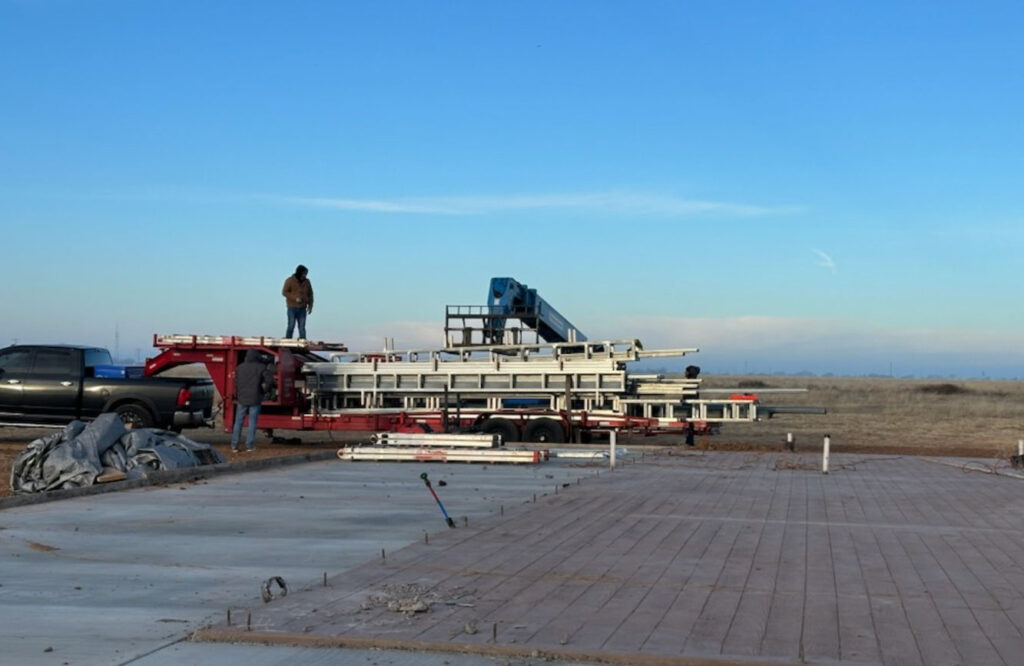
When people discuss creating structures, the terms “building” and “construction” are often used interchangeably. However, they are not synonymous and understanding the distinctions can help clarify the different phases and scopes involved in these processes.
Building refers to the process of assembling materials to create a structure. This term is commonly associated with the physical act of putting together the parts of a structure. When you think of building, envision the laying of bricks, the installation of windows, or the roofing of a house. Building focuses more on the creation and development of the structure itself. It involves tradespeople like carpenters, electricians, plumbers, and masons who execute the actual construction work. The goal of building is to complete a physical structure that is ready for occupancy or use.
On the other hand, construction encompasses a broader scope. Construction is the comprehensive process that includes planning, designing, financing, and the actual building of the structure. It starts from the conceptual stage where architects and engineers create blueprints and plans based on the client’s needs and the site’s constraints. This phase involves significant project management to ensure that the construction project is feasible, sustainable, and meets all regulatory requirements.
Construction also includes site preparation, which might involve clearing land, excavating, and setting up foundations. Moreover, it involves coordinating with various stakeholders such as contractors, subcontractors, suppliers, and regulatory bodies to ensure that everything progresses smoothly and on schedule. Construction is not just about the physical act of building; it also encompasses logistical, administrative, and regulatory aspects.
While building is a critical part of the construction process, construction itself is an all-encompassing term that involves a range of activities beyond the mere act of building. It requires meticulous planning, resource allocation, and project management to bring a concept to fruition. Understanding this distinction highlights the complexity of creating structures and the importance of coordinated efforts in bringing a project from an idea to a completed edifice.
Conclusion
While building is a vital component focused on the actual assembly of materials, construction is the overarching process that includes planning, designing, financing, and managing the entire project. Both are crucial to successfully create and complete structures, but they play different roles in the journey from concept to reality.
